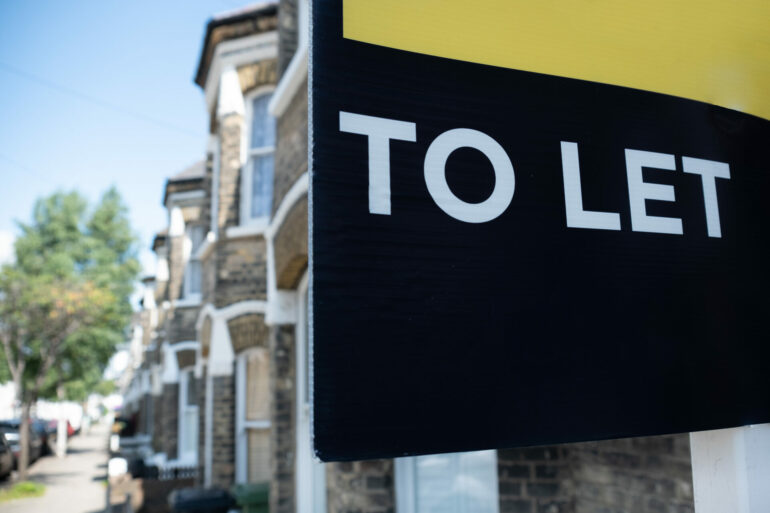The Bank of England’s decision to raise interest rates for the 13th consecutive time last week has sparked concerns among landlords, with rising mortgage costs leading 45% of them to consider selling their properties, according to research.
However, the current market conditions also present opportunities for property investors, as rental demand continues to soar and alternative investment avenues emerge.
According to recent data, the number of available rental properties has decreased by a third in the past 18 months, while rental demand has surged to levels 50% higher than usual.
This imbalance has created intense competition among renters for limited rental options, as landlords exit the market in significant numbers.
A survey conducted by Finbri, a property bridging finance specialist, revealed that 45% of landlords expressed intentions to sell their investment properties when the base rate reached 4.5%.
With the interest rate now reaching 5%, the number of landlords exiting the market is expected to rise further.
The National Residential Landlords Association (NRLA) also reported that 33% of its members plan to reduce the number of properties available for rent in the coming months, a 20% increase compared to the same period last year.
Despite these challenges, there are mixed signals within the market, as six in ten landlords are actively looking to expand their property portfolios in the next two years, as reported by The Deposit Protection Service. This suggests that some investors see an opportunity to capitalise on the increased number of properties available for investment.
Finbri said: “Despite the significant challenges faced by the UK’s private rental sector, there are still opportunities for investment in buy-to-let properties. While the number of properties available to rent has decreased and landlords are threatening to leave the market, rental demand has increased significantly, and property investors will undoubtedly seize this opportunity.”
The average cost of a buy-to-let (BTL) investment varies depending on factors such as location, property type, and market conditions. It is essential for investors to consider associated costs such as stamp duty, legal fees, renovation expenses, and ongoing maintenance costs when evaluating potential investments.
For those seeking to capitalise on the current opportunities in the BTL market, certain regions in the UK offer attractive rental yields.
According to data from sdlauctions.co.uk, locations such as Bradford, Manchester, Newcastle, and Sunderland provide rental yields ranging from 10.25% to 12.34%. These areas benefit from strong rental demand, comparatively lower property prices, and attractive income-to-cost ratios.
In addition to traditional buy-to-let properties, there is also a growing trend of investors exploring short-term holiday rentals as an alternative investment avenue.
Recent research by Hamptons indicates that short-term holiday rentals generated higher income (£15,600) compared to traditional buy-to-let properties (£13,400) during the tax year of 2020-21.
This shift in investor preferences may be driven by the potential for higher returns and the ability to capitalise on peak seasons and short-stay premium rates.



